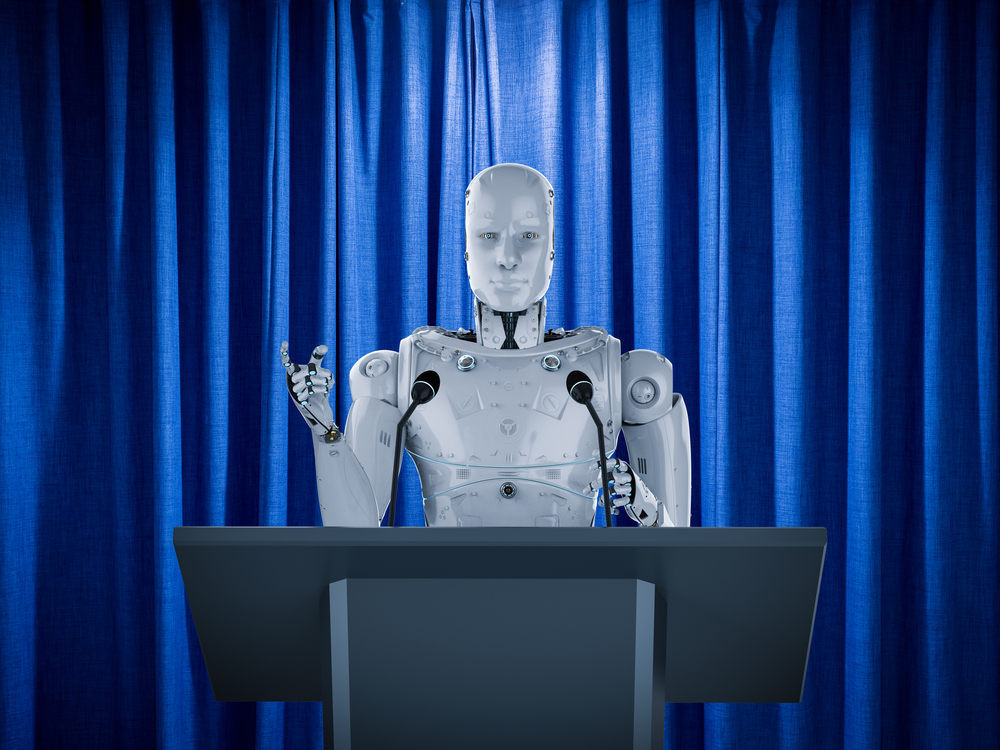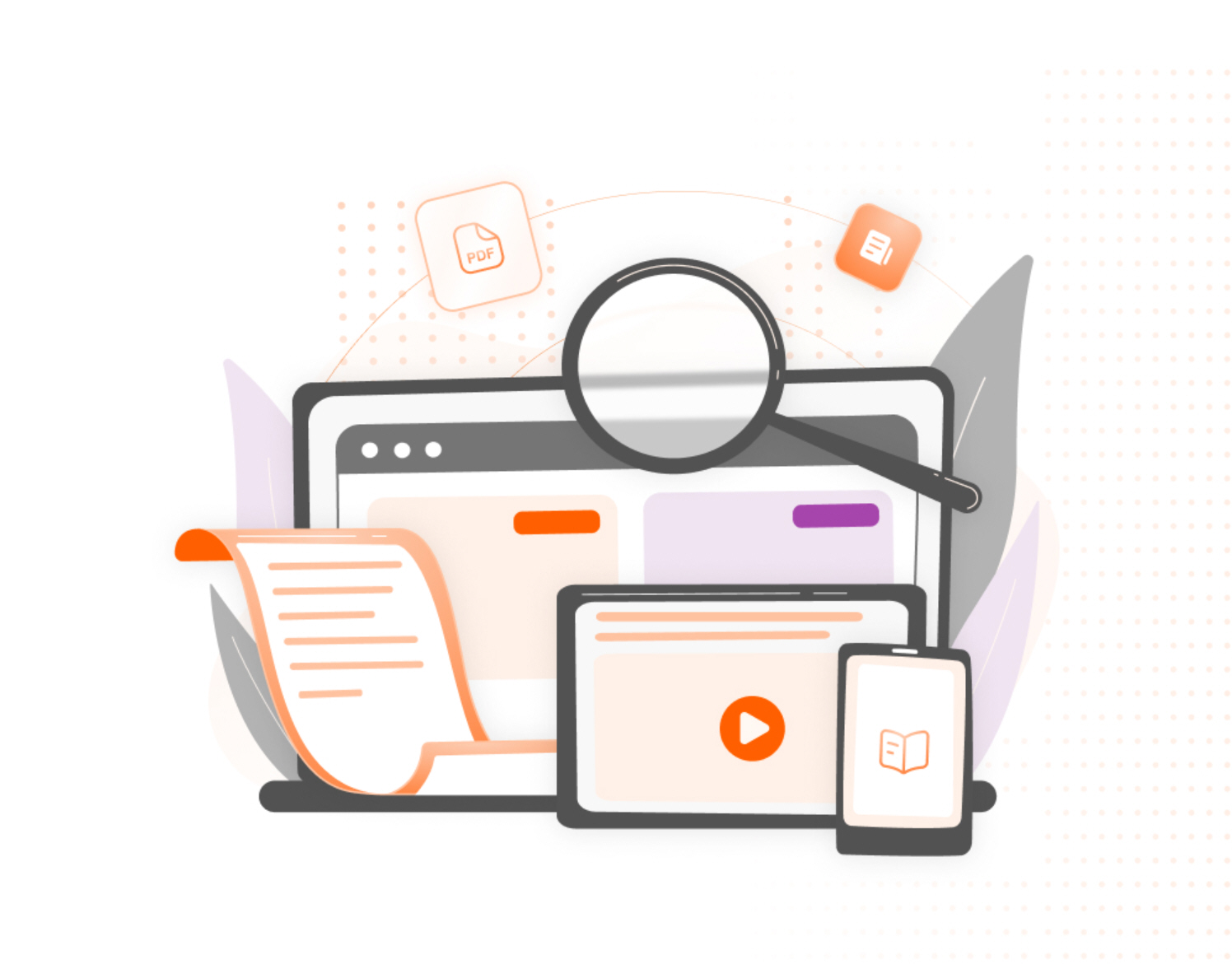
Maingear now lets buyers bring their own RAM to avoid DDR5 price spikes
Maingear has introduced a new option called BYO RAM Builds, letting customers order a desktop without buying memory from the company. The move comes at a time when DDR5 pricing has become unpredictable, with significant increases across many kits. BYO RAM gives buyers a way to manage system cost by supplying their own compatible memory.
The price of DDR5 kits have skyrocketed recently as AI infrastructure demand continues to steal memory supply away from consumers. Retail availability is uneven, and pricing swings have made it difficult to plan a new build without watching the prices almost daily.

Lemon Slice 2 turns any single image into a real time, talking AI avatar
Lemon Slice, a new research and product lab focused on interactive video technology, has released Lemon Slice 2. The latest model turns a single image into a real time conversational avatar. It works with a wide range of images and is available as both an API and an embeddable widget.
The company describes its new model as a zero shot system that produces a live video call from one input. The tool accepts many types of visuals, including portraits, illustrations, and stylized artwork. Once uploaded, the model generates a moving avatar that responds in real time during a conversation, as you can see in the video at the bottom of the page.

Wondershare brings new AI Mate editing assistant to Filmora V15
Wondershare has added a new intelligent assistant called AI Mate to Filmora V15 for Windows and macOS. The tool, built into the editor, can help users plan ideas, understand how features work, automate multi step tasks, and complete common actions with less manual effort.
AI Mate offers four options:

AI video tools and how they’re changing business communication [Q&A]
The use of AI video has exploded in the past year. But while it’s deepfakes that make the headlines the technology also has the potential to change how businesses create and use video content in their messaging.
We spoke to Victor Erukhimov, chief executive officer of CraftStory, to find out more about AI video and how businesses can exploit it to their advantage.

AI risks, greater regulation and remote consultations -- healthtech predictions for 2026
Understandably perhaps the health sector has been slower than some to embrace the rush to AI. But more medical devices are now connected and AI is having an impact, offering benefits to patients but also opening up new risks.
We spoke to some leading industry figures to find out how they see healthtech developing in 2026

Nissan confirms customer data was involved in Red Hat security breach
Back in September, US software firm Red Hat suffered a security breach. The incident was not acknowledged until October, but even now the full impact of the breach is unfolding.
Japanese car maker Nissan has just confirmed that it was indirectly affected by the Red Hat security breach. As a result of this, detailed contact information for thousands of customers were accessed by hackers.

US slaps a ban on foreign-made drones and components
Ever mindful of security, the US has announced a ban on new foreign-made drones and components key to their manufacture. The Federal Communication Commission’s public notice says that uncrewed aircraft systems (UAS) “pose an unacceptable risk to the national security of the United States or the security and safety of United States persons”.
The ban only applies to new devices and components, so anything which has already made its way into the US is unaffected. In implementing a blanket ban on all foreign-produced drones, there has been no need to publish a list of affected models.

Jumping on the bandwagon, ‘Your Year with ChatGPT’ is now available
There can be few people who have not interacted with ChatGPT over the last year, and you may be wondering how you have used the artificial intelligence tool.
In line with so many other online tools and services, as we approach the end of the year, ChatGPT is giving users the chance to look back over the previous 12 months in a review of the year. The predictably named “Your Year with ChatGPT” is available now.
Wondershare adds Topaz Labs' AI video tools to UniConverter 17
Wondershare has announced a collaboration with Topaz Labs that adds the company's AI-based video cleanup and upscaling features to its creative software. UniConverter 17 is the first Wondershare product to include Topaz's model, offering creators a way to improve low-quality footage inside the program.
Topaz's Starlight model appears as a processing option in UniConverter V17 and it will be added to Filmora, SelfyzAI, and Repairit at some point too, although there's no word on exactly when that will happen.

Foxit PDF editor gains new collaboration safeguards and AI features
Foxit has released Foxit PDF Editor v2025.3 for Windows and Mac, adding new controls for shared documents along with security and AI updates. The release is aimed at people and organizations that depend on PDFs for daily work, especially where privacy rules and controlled access matter.
The new releases focuses on how shared document collaboration works, and the way users join collaborative sessions has also been improved, with clearer consent steps built into the process. Before accessing a shared file, users will now see a region-specific consent message explaining that their details could be visible to others. Access only continues once consent has been given.

EaseUS adds fragmented file recovery tech to Data Recovery Wizard
Chinese software developer EaseUS has announced a new version of its data recovery software that fixes on a long standing problem with fragmented files on heavily used storage devices. EaseUS Data Recovery Wizard 20.1.0 gains a new recovery engine that can improve results on USB drives, SD cards, and external hard drives that have seen years of repeated use.
SmartSector Rebuild (or SSR for short) can reconstruct files that have been split across storage sectors over time, a condition that often prevents standard recovery tools from restoring usable data.

NordProtect rolls out expanded monitoring features for identity theft detection
NordProtect, an identity theft protection service from Nord Security, has expanded its monitoring features to give users earlier notice of potential fraudulent activity. The changes add extended credit monitoring, loan tracking, and financial account alerts, with the goal of helping users respond before financial damage occurs.
The service now monitors credit activity across all three major credit bureaus. Users receive alerts when changes appear on their credit file, including new accounts opened in their name, shifts in credit score, or hard inquiries made by lenders or other organizations.

AI as a target, web-based attacks and deepfakes -- cybersecurity predictions for 2026
The very nature of cybersecurity makes it a constant arms race between attackers and defenders and recently that’s meant both sides utilizing AI.
This seems unlikely to change in 2026 but what else might we expect? Some industry experts give us their views.

Agent vs agent, reliable interfaces and value for money -- artificial intelligence predictions for 2026
Artificial intelligence has been driving much of the technical agenda for the last couple of years and is still evolving rapidly, finding its way into more and more areas.
Here some industry experts look at what we can expect to see from the AI space in 2026.

Microsoft brings Ask Copilot and Agents to the Windows 11 taskbar for business users
Microsoft has released Windows 11 Insider Preview Build 26220.7523 (KB5072043) to the Dev and Beta Channels, bringing with it a number of important changes and additions. As is the case with so many updates to Windows 11 at the moment, this is heavy on the AI.
The difference this time is that Microsoft is starting to focus more on business users – starting by introducing Ask Copilot on the taskbar with Microsoft 365 Copilot. The taskbar is also now adorned with Agents, but not everything is related to artificial intelligence.


